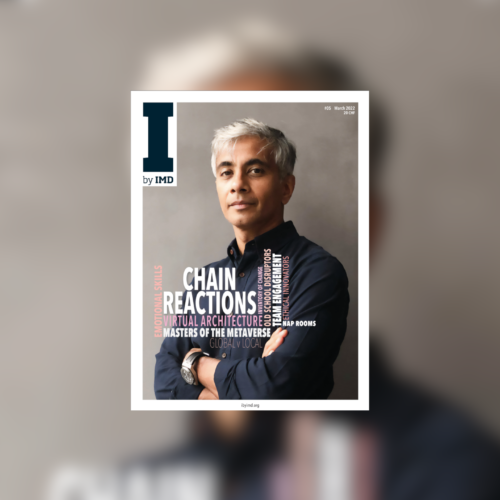From a focus on manufacturing to broader responsibility for the entire supply chain, Tetra Pak’s former head of Supply Chain Operations Eric Baudier discusses the highs and lows of supply chain management.
The disruption of production from smartphones to furniture wrought by the COVID-19 pandemic has brought home the importance of global supply chains to almost every consumer. But what have been the fundamental shifts and advancements in supply chain management over the past two decades? Pressure to cut costs and increase efficiencies has unleashed a range of new production processes and technologies that have turned the job requirements of warehouse managers and supply chain executives on their heads. At the same time, a desire to slash time to market and keep inventory to a minimum has left companies vulnerable to production risks. Here we discuss the highs and lows of the past 20 years.
The highs
The broad adoption of Total Productive Maintenance
First developed in Japan in the 1970s, Total Productive Maintenance (TPM) aimed to make production more reliable and was centred around anchoring a culture of continuous improvement known as “Kaizen” in Japanese. Once the idea was exported to the West, carmakers were early adopters, and it really took off in the mid-1990s when companies such as Unilever, Pirelli, Tetra Pack, Volvo, Nestlé and Heineken started implementing it. In 1995, former General Electric CEO Jack Welch praised Six Sigma quality controls, which seek to streamline and improve manufacturing by identifying and eliminating defects, for boosting the company’s profits. But there have been many false starts. For TPM to succeed it needs to be instilled into the company’s culture. Many companies instead forgot that huge change management is required and ended up resetting their factories every few years. For example, US motorcycle manufacturer Harley-Davidson implemented TPM into their factories nine times before it finally succeeded. Those firms that have succeeded, have seen huge reductions in waste and production stoppages, as well as an overall continuous improvement in productivity.
Putting the pieces of the supply chain together
Twenty years ago, the focus was on keeping the machinery in factories humming. Other parts of the supply chain were scattered across functions; the purchasing of parts and materials was the remit of the finance department, while delivering finished goods was part of sales. Consumer goods group Unilever was one of the first companies to create the role of a Chief Supply Chain Officer, recognizing the need for broader oversight beyond just the factory floor to ensure that production runs smoothly. While not all companies have followed suit, there has been a broad recognition of the need to manage processes beyond manufacturing.







